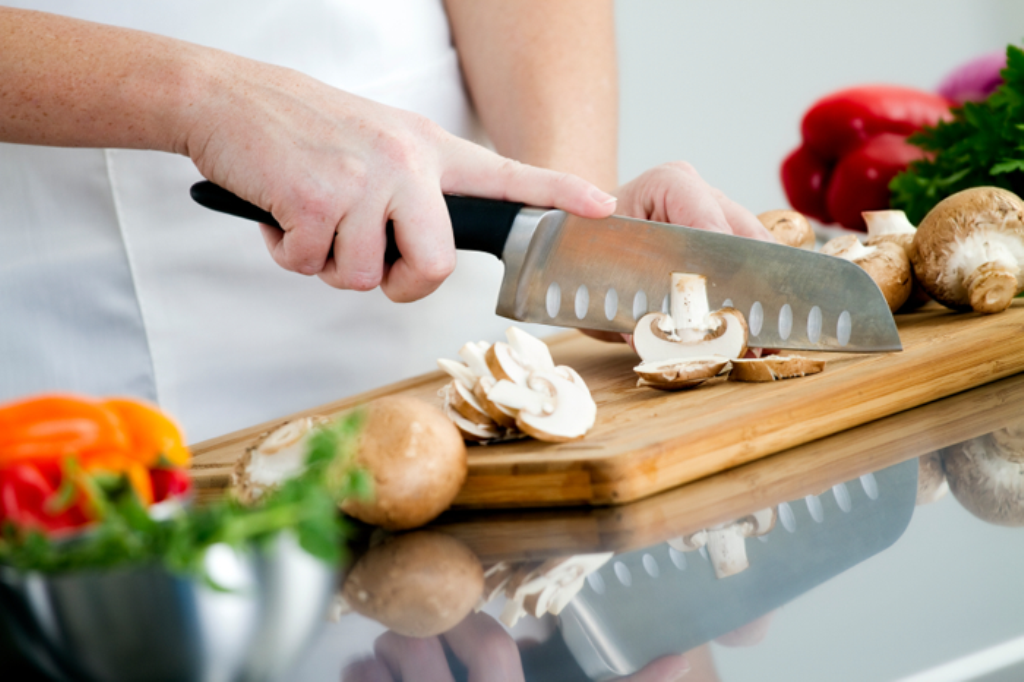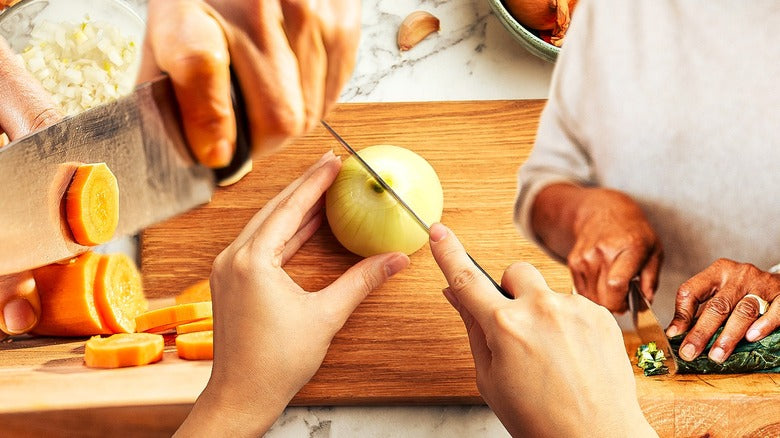For kitchen professionals, knowing what color cutting board for pork to use is crucial for both maintaining food safety and adhering to hygiene standards. This seemingly simple decision can dramatically impact the quality of food preparation, the safety of your kitchen, and your compliance with national food safety guidelines. But whats the right answer to this question? Let's dive deeper to uncover shocking details and ensure you make the right choice every single time.

The Big Question: Why Does Cutting Board Color Matter?
The use of color-coded cutting boards isnt just a cosmetic choice. Its a life-changing approach driven by health regulations and safety standards that aim to avoid cross-contamination in the kitchen. Certain types of bacteria, like Salmonella, thrive in meat and pose significant risks when mishandled. Color coding ensures that specific boards are only used for particular food categories, such as raw meat, seafood, vegetables, or dairy.
Before we reveal the remarkable color assigned to pork, lets understand the broader importance:
- Food safety: Preventing cross-contamination is vital, particularly in commercial kitchens.
- Regulatory compliance: Following guidelines like those set by the FDA or HACCP ensures your kitchen remains approved and efficient.
- Organization: A well-organized kitchen operates more smoothly and efficiently.
Shocking Statistics Related to Cutting Board Hygiene
Did you know that according to research from Washington State University, improper use and unsanitary cutting boards are major contributors to foodborne illnesses? These insights emphasize why assigning distinct boards for specific foods is non-negotiable.
What Color Cutting Board for Pork?
So, what color cutting board for pork is recommended? The approved color for cutting boards used to handle raw pork is red. This is part of the widely recognized international color-coding system:
- Red: Raw meats (including pork, beef, and lamb)
- Blue: Raw fish and seafood
- Green: Fruits and vegetables
- Yellow: Raw poultry
- White: Dairy and baked goods
This system is both simple and tremendously effective at reducing cross-contamination risks, making it a must-have for any professional kitchen. If you're working in a fast-paced kitchen environment, using a red cutting board every time you prepare raw pork ensures theres no mix-up, even during the busiest shifts.
Technology-Driven Cutting Boards
Kitchen technology has brought some life-changing innovations. For example, antibacterial cutting boards incorporate advanced surfaces to resist bacterial growth. If you havent already, you can delve deeper into the materials and technology here.
Maintaining your Red Cutting Board for Pork
Using the correct color-coded cutting board is only step one. Proper maintenance is a critical part of any food prep process, especially in commercial kitchens. For detailed maintenance tips, check out this step-by-step guide to cleaning and sanitizing boards.
Here are some unmissable cleaning practices for red boards:
- Hot water scrub: Use hot water and dish soap immediately after preparing pork.
- Sanitize: Use food-safe sanitizers to ensure no bacterial growth remains.
- Air-dry: Dry the board completely to avoid cracks or warping, which can harbor bacteria.
Plastic vs Wooden Cutting Boards: Which to Use?
The material of your cutting board also plays a significant role in safe food handling. According to Made In Cookware, plastic boards are easier to sanitize and often preferred for raw meats, including pork. However, wooden boards are more durable and environmentally friendly, though they can absorb moisture if not properly treated.
How to Replace a Cutting Board
Even the best cutting boards wont last forever. Knowing when to replace your cutting board is all about recognizing these warning signs:
- Cracks or grooves where bacteria could hide
- Discoloration that persists even after cleaning
- Warping or an uneven surface
If your board is showing age, learn how to unwarp it by visiting Culina Cooks.

FAQs
1. Can I use the same cutting board for pork and vegetables?
No, using the same cutting board increases the risk of cross-contamination. Always use separate color-coded boards, especially a red one for raw pork.
2. How often should I replace my red cutting board?
Inspect your board regularly for deep scratches or grooves. Replace it when the surface becomes too damaged to sanitize properly.
3. Can a wooden cutting board be used for pork?
Yes, but only if its maintained meticulously. Ensure it is sanitized thoroughly and allowed to air dry completely after use.
Conclusion
Understanding what color cutting board for pork to use is essential for maintaining a hygienic, high-performing kitchen environment. By adhering to the red cutting board rule and ensuring regular maintenance, youre making a life-changing impact on your kitchen's safety and operational efficiency. For additional insights on cutting boards, visit this terrific guide on protecting cutting boards.
This article contains affiliate links. We may earn a commission at no extra cost to you.






Leave a comment
This site is protected by hCaptcha and the hCaptcha Privacy Policy and Terms of Service apply.